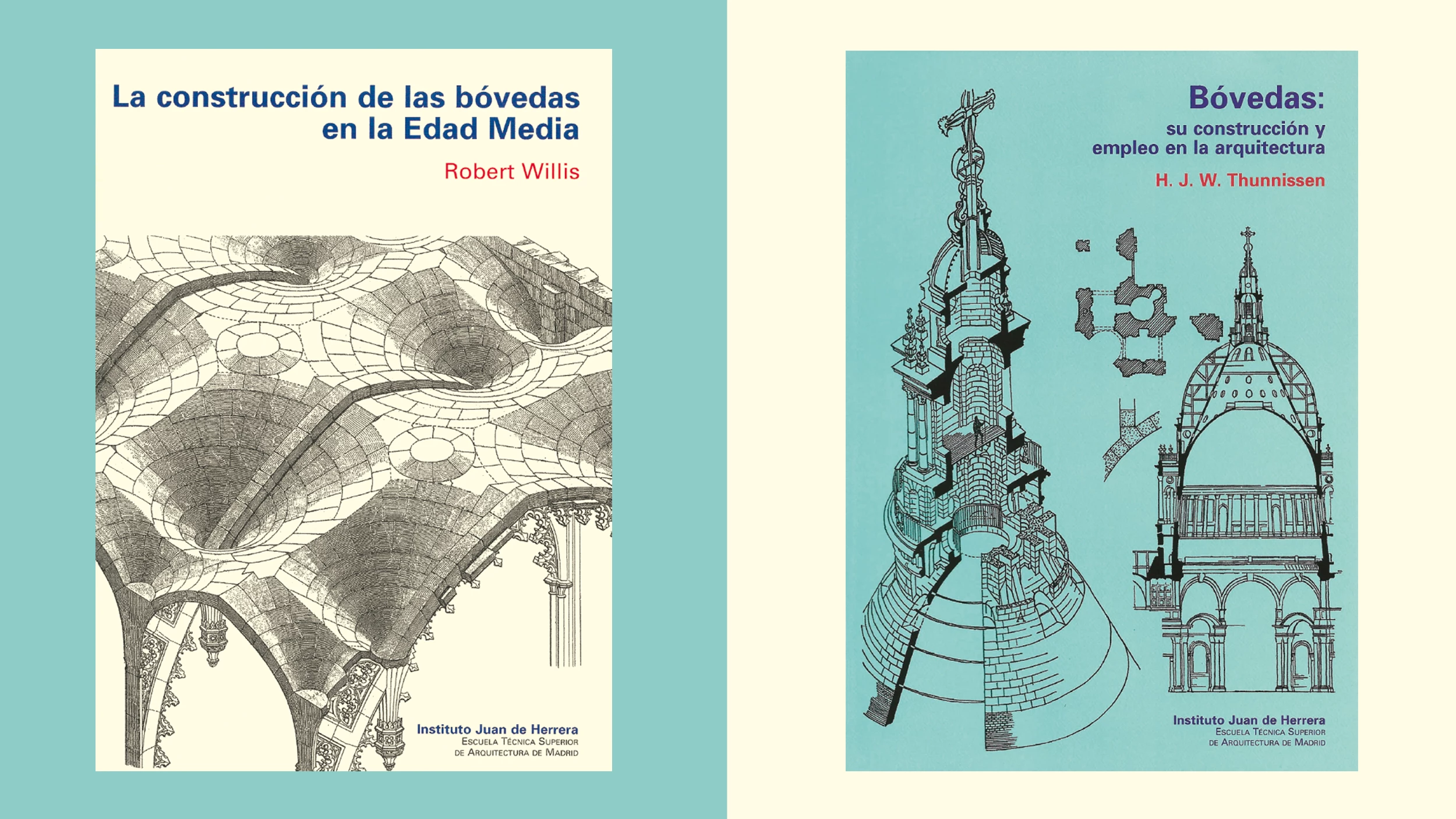
In a short period of time, the Juan de Herrera Institute has published new editions of two books of major interest for the history of building. One of them opens the classical period of the discipline. During the 19th century, beginning with the treatise of Rondelet, texts that taught construction were to a large extent compendiums of great works of the past. Buildings were still works of masonry, without the differentiation of a skeleton such as that which we now calls a resistant structure, and to teach construction was to teach about the form and balance of what was already constructed. But along with this, some scholars began to examine the historic evolution of construction procedures. Especially prominent among them were the fathers of the discipline, Choisy and Viollet-le-Duc, but before them, and leaving a mark on both (Choisy in particular), came Robert Willis, the Cambridge professor who had rigorously and through intelligent observation explained concepts essential to the Gothic system.
Choisy read On the Construction of the Vaults of the Middle Ages in his youth and was much marked by its reflections and drawings. As a matter of fact, his axonometries are inspired by it. Speaking from experience and observation, Robert Willis explains the different methods for drawing the forms of the main parts of Gothic vaults, namely the keys and the joints between voissoirs. He also analyzes the form of English vaults (resorting to simple but brilliant procedures), and the way in which an alteration of some simple variables changes the appearance of the vault altogether. This part centers more on vaults in his country, including those we call fan vaults, but the notes on drawings in relation to the subsequent execution processes are universal and were put in writing by the two French authors mentioned (which, given the chauvinist bent of both, is a guarantee of generality).
Vaults: Construction and Use in Architecture, by the Dutch Henri J.W. Thunnissen, was written in 1940, when interest in vaults had fallen, long before the current revival, thanks to international congresses, of attention to construction history. It is a compendium that through line drawings (the ‘clear line’ that Choisy can be considered a precursor of), often redrawings of others’ drawings, presents an attractive panorama of the history of vaults and the possibilities they open. Wanting to encourage actual construction of arches and vaults, Thunnissen provides an abstract introduction, a historical run-through much marked by a practical interest in learning, and a presentation of contemporary works. A book to be enjoyed, this book is readable at several levels, containing, as it does, general information that is clearly elaborated, but the connoisseur will easily distinguish between what has been taken from others and what is original, and that which belongs to a cultural milieu close to the author. Hence, both books are attractive and togethey they take stock of the beginning and the end of a period.








